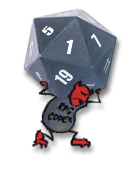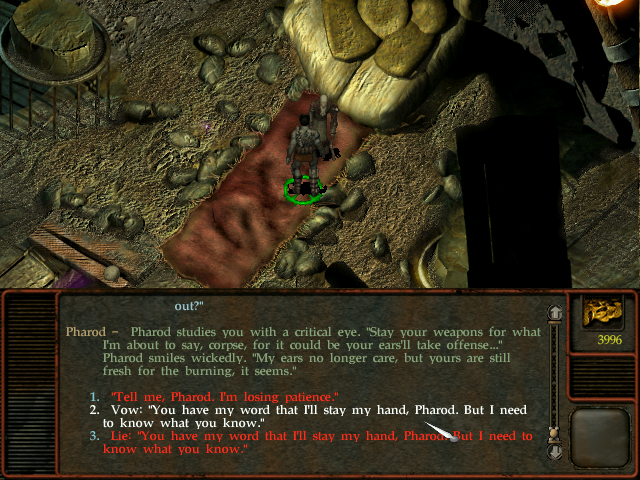To be honest, the alignment system seems pretty weird to me. I am not sure what exactly they are trying to achieve here, but the color scheme seems a bit iffy. I am not sure I understand how they plan to use it, or for what intent, but right now it seems to be different just for the sake of being different. I don't mean just from D&D's system, but from how we think about people. I mean, what exactly does it mean to be an "indigo person", or a "blue person"? What is the driving concept that somehow unifies those people? Is someone who cares about justice as a virtue indigo? Is someone who cares about justice as an important part of society indigo?
I guess maybe they are going for some kind of weird aspect of the game. Like, the tides are the effect on humanity of some kind of artifact or something. But still, I would be wary of any kind of story where all the characters don't feel quite human. Personally, I think something more like Ultima's virtues would work better if the pointof the alignment system is to measure what your PC holds as important.
By the way, people always lambaste D&D's alignment system. In my opinion, the system works pretty well for what it was designed to do: separate the characters into sides of a cosmic war. The point of alignments in D&D isn't do define human behavior, to say how your character should be portrayed, to foster any kind of philosophical dialogue or anything like that. The point of alignment is to break up fantasy forces, so you know who helps or fights who. And also to determine how some spells and items affect some characters. In fact, the original system didn't have the good/evil differentiation. It was just law against chaos. Of course it has changed over the years, but I think the system works best if you don't give the alignment any kind of behavior. Chaos or order is just your side in the conflict, not a world view.







![The Year of Incline [2014] Codex 2014](/forums/smiles/campaign_tags/campaign_incline2014.png)
























